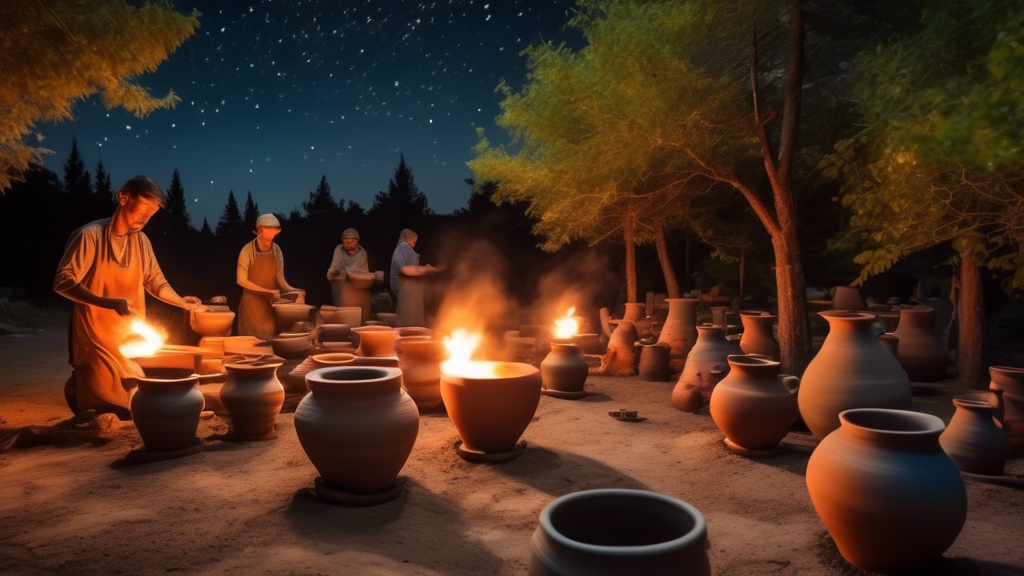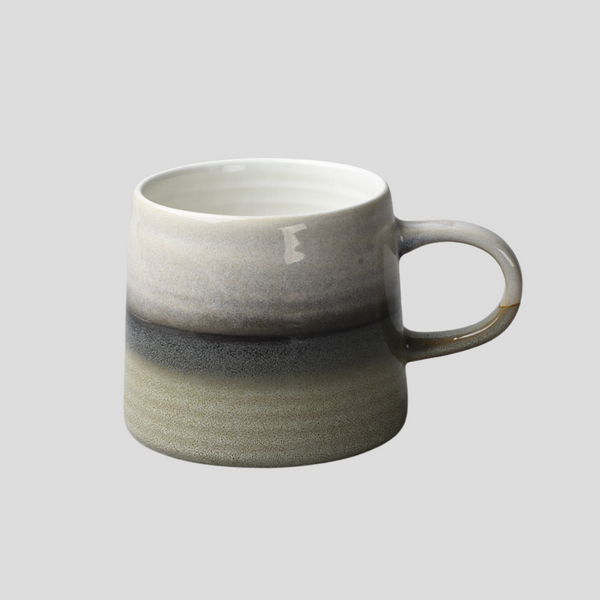
Creating Pottery Without a Kiln: Alternative Firing Methods
Creating Pottery Without a Kiln: Alternative Firing Methods
The traditional image of pottery creation often includes the iconic kiln, a high-temperature oven used for firing clay to transform it into durable ceramic. However, access to a kiln is not always possible for every aspiring ceramic artist, due to space, cost, or logistical reasons. Luckily, the art of pottery does not end at the kiln door. There are several alternative firing methods that can be employed to create beautiful and functional ceramic pieces without the need for a traditional kiln.
Pit Firing
Pit firing is one of the most ancient techniques for firing pottery, dating back thousands of years. This method involves digging a pit in the ground, placing the pottery pieces inside, adding combustible materials like wood or dried dung, and then lighting it. The pots are then covered with more fuel and, sometimes, with metal oxides or salts to influence the coloring of the ceramic surface. The temperature in the pit can reach up to 2000°F (about 1093°C), and the process can take anywhere from a few hours to a whole day. Pit firing is an unpredictable process, and the resulting pieces often have a rustic, earthy appearance with unique patterns and colors.
Sawdust Firing
Similar to pit firing, sawdust firing involves embedding pottery within a combustible material—in this case, sawdust. The pieces are placed in a metal container filled with sawdust, which is then ignited. The slow burning of the sawdust creates a reduction atmosphere that can produce a range of metallic and iridescent effects on the surface of the pottery. This method is relatively easy to set up and can be done in a variety of settings, from outdoor areas to well-ventilated indoor spaces. Sawdust firing typically results in a softer finish compared to other methods, offering a subtle yet beautiful patina.
Barrel Firing
Barrel firing is another alternative that utilizes a metal barrel as the firing chamber. Similar to pit and sawdust firings, pottery pieces are surrounded by combustible materials like wood shavings, paper, or sawdust. The barrel is then sealed and lit, creating an intense fire that can reach adequate temperatures for the pottery to undergo the necessary chemical transformations. By using different materials and experimenting with the firing process, artists can achieve a wide variety of finishes on their ceramic pieces. Barrel firing is a versatile method that allows for a lot of experimentation.
Raku Firing
Raku firing is a Japanese technique that has gained popularity worldwide for its dramatic firing process and stunning results. Unlike the other methods mentioned, raku requires a special raku kiln, which can be relatively small and portable. The pottery is quickly heated to high temperatures and then removed from the kiln while it is still red hot. It is then placed into containers with combustible materials, such as paper or sawdust, which ignite upon contact. This post-firing reduction creates intense metallic and crackled glazes. Raku firing offers an exciting and interactive experience with more predictable results than some of the other kiln-less firing techniques.
Conclusion
Exploring pottery without a kiln opens up a world of creative possibilities and challenges the traditional boundaries of ceramic art. Whether it's the ancient method of pit firing, the subdued elegance of sawdust firing, the versatility of barrel firing, or the dramatic results of raku, each technique offers its unique aesthetic and tactile qualities. For artists and hobbyists alike, these alternative firing methods provide a way to engage with the craft of pottery in a more immediate and hands-on manner, inviting experimentation and innovation along the way.
Click this link to check out our ceramic artwork!
















































